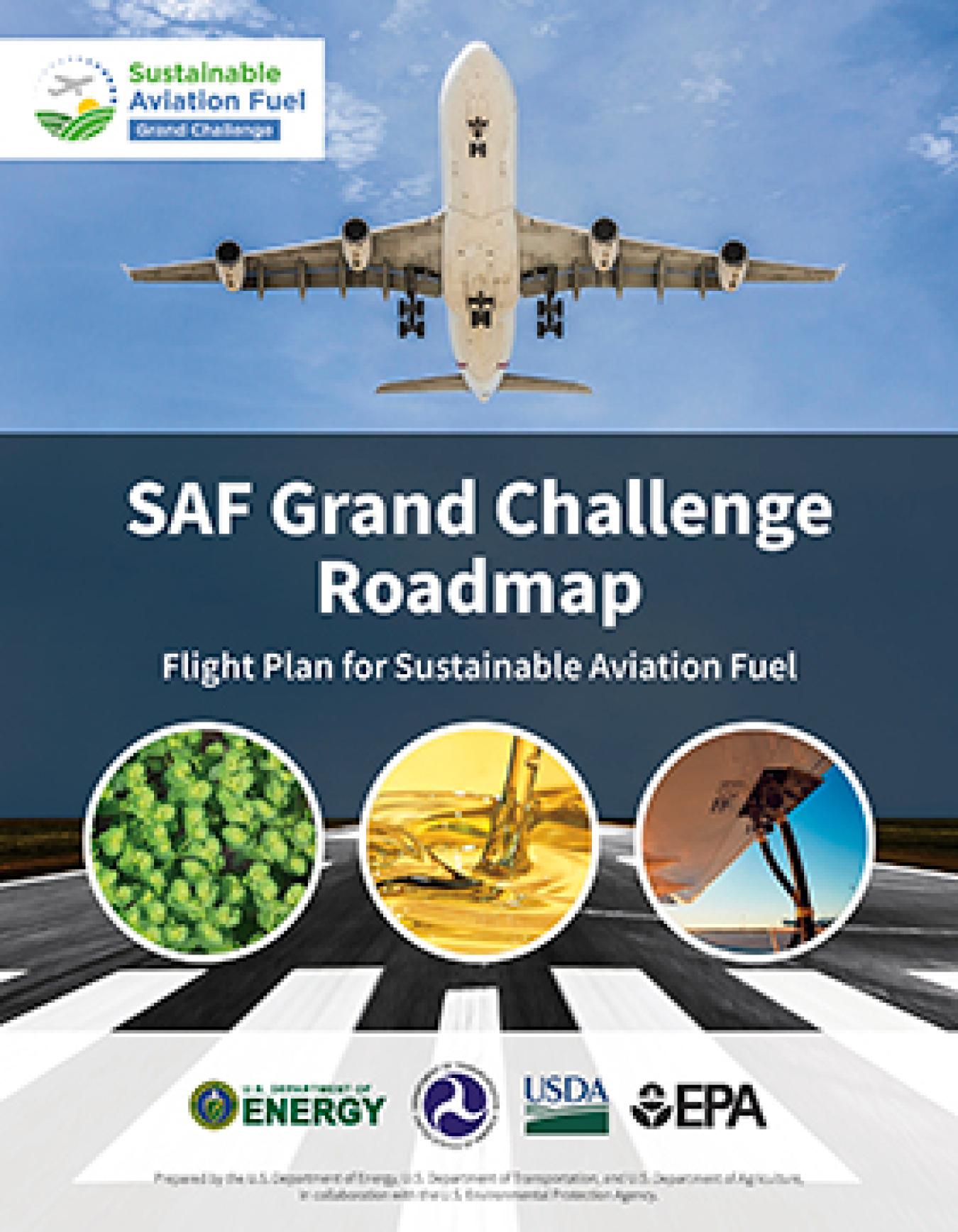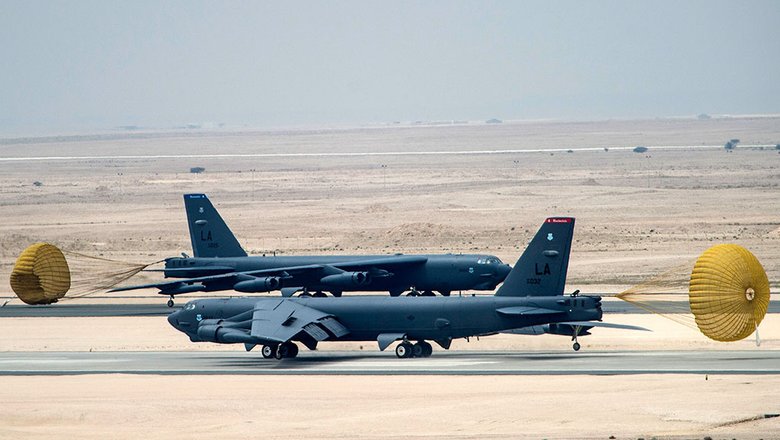Sustainable Aviation Fuel: A Path Towards Energy Independence For Airlines

Table of Contents
What is Sustainable Aviation Fuel (SAF)?
Sustainable Aviation Fuel (SAF) is a drop-in biofuel that can be blended with or directly substitute conventional jet fuel. Unlike traditional jet fuel derived from fossil fuels, SAF is produced from a variety of renewable feedstocks, offering a significantly lower carbon footprint. These feedstocks include used cooking oil, agricultural residues (like corn stover and sugarcane bagasse), municipal solid waste, and even algae.
Different production pathways lead to various types of SAF. Key methods include:
- Hydrotreated esters and fatty acids (HEFA): This is currently the most common method, converting triglycerides from feedstocks like used cooking oil into usable jet fuel.
- Power-to-liquid (PtL): This process uses renewable electricity to produce hydrogen, which is then converted into synthetic hydrocarbons suitable for aviation.
- Alcohol-to-jet (ATJ): This pathway involves converting alcohols (like ethanol) into jet fuel.
The environmental benefits of SAF are substantial:
- Lower lifecycle greenhouse gas emissions: Compared to traditional jet fuel, SAF can reduce greenhouse gas emissions by up to 80%, depending on the feedstock and production method.
- Reduced reliance on fossil fuels: SAF diversifies energy sources, reducing dependence on volatile fossil fuel markets.
- Improved energy security: A shift towards SAF enhances energy security for nations by reducing reliance on imported fossil fuels.
- Potential for job creation in the renewable energy sector: The production and distribution of SAF create new employment opportunities in a growing industry.
The Benefits of SAF for Airlines
The transition to SAF offers significant advantages for airlines:
- Economic advantages: While currently more expensive than conventional jet fuel, SAF benefits from government incentives, carbon offsetting schemes, and potentially reduced fuel costs in the long run as production scales up. A strong brand image associated with sustainability is also a major plus.
- Operational benefits: SAF generally exhibits similar handling characteristics to conventional jet fuel, ensuring seamless integration into existing aircraft and infrastructure. In some cases, it can even lead to improved engine performance.
- Regulatory landscape and government support: Many governments are implementing mandates for SAF blending in jet fuel, alongside carbon offsetting programs and financial incentives to encourage adoption. This regulatory support is crucial for driving widespread SAF usage.
Key benefits for airlines include:
- Meeting sustainability targets and regulatory requirements: Airlines can demonstrate their commitment to environmental responsibility and comply with increasingly stringent regulations.
- Enhanced corporate social responsibility: Using SAF improves a company's environmental footprint, enhancing its reputation and attracting investors.
- Attracting environmentally conscious customers: Consumers are increasingly choosing airlines that prioritize sustainability.
- Access to government incentives and grants: Financial support from governments can significantly reduce the initial cost of adopting SAF.
Challenges and Opportunities in SAF Production and Adoption
Despite the clear benefits, challenges remain in the widespread adoption of SAF:
- High production costs: Currently, SAF is more expensive to produce than conventional jet fuel, limiting its widespread adoption.
- Scalability: Scaling up SAF production to meet the growing demand of the aviation industry requires significant investment in infrastructure and technology.
- Feedstock availability: Ensuring a sustainable and sufficient supply of feedstocks without competing with food production or causing deforestation is critical.
However, significant opportunities exist:
- Need for increased investment in research and development: Continued innovation is vital to improve production efficiency and reduce costs.
- Scaling up production to meet growing demand: Investments in new production facilities and infrastructure are essential.
- Ensuring sustainable sourcing of feedstocks: Developing sustainable and responsible feedstock sourcing practices is paramount.
- Addressing infrastructure challenges for distribution and storage: Adapting existing fuel infrastructure to handle SAF is necessary.
The Future of SAF and Energy Independence for Airlines
The future of SAF is bright. With continued investment in research, development, and infrastructure, SAF is poised to become a major component of the aviation fuel mix. This transition will:
- Increase adoption of SAF by airlines: As costs decrease and regulatory support strengthens, more airlines will embrace SAF.
- Technological breakthroughs leading to cost reductions: Continued innovation will drive down the price of SAF, making it more competitive.
- Development of new and innovative feedstocks: Exploring new, sustainable feedstocks will enhance the scalability and sustainability of SAF production.
- Stronger regulatory support and incentives: Governments will play a vital role in accelerating SAF adoption through mandates and incentives.
The long-term implications are profound: greater energy independence for airlines, a significant reduction in the aviation industry’s carbon footprint, and a more sustainable future for air travel.
Conclusion
Sustainable Aviation Fuel offers a crucial pathway towards energy independence and environmental responsibility for airlines. While challenges remain in terms of cost and scalability, the potential benefits – reduced emissions, enhanced energy security, and improved brand image – are undeniable. The future of sustainable air travel hinges on the widespread adoption of Sustainable Aviation Fuel. Learn more about how you can contribute to this crucial transition and help airlines achieve energy independence through SAF, by supporting initiatives promoting its development and advocating for policies that incentivize its use. Let's work together to make SAF the fuel of a greener tomorrow.

Featured Posts
-
 See The Partial Solar Eclipse In Nyc This Saturday A Complete Guide
May 04, 2025
See The Partial Solar Eclipse In Nyc This Saturday A Complete Guide
May 04, 2025 -
 Como Evitar Que Un Necio Cometa Una Locura Afilar La Guillotina
May 04, 2025
Como Evitar Que Un Necio Cometa Una Locura Afilar La Guillotina
May 04, 2025 -
 Securing Electric Motor Supply Chains Alternatives To Chinas Dominance
May 04, 2025
Securing Electric Motor Supply Chains Alternatives To Chinas Dominance
May 04, 2025 -
 Parker Bakole Showdown Interim Wbo Championship At Stake
May 04, 2025
Parker Bakole Showdown Interim Wbo Championship At Stake
May 04, 2025 -
 Strategicheskie Igry S Sh A Protiv Evropy
May 04, 2025
Strategicheskie Igry S Sh A Protiv Evropy
May 04, 2025
